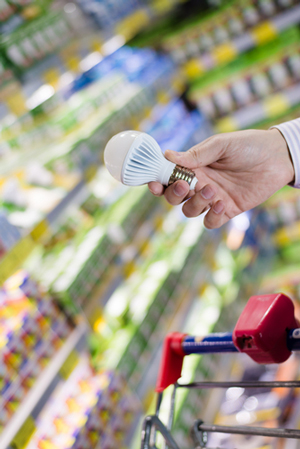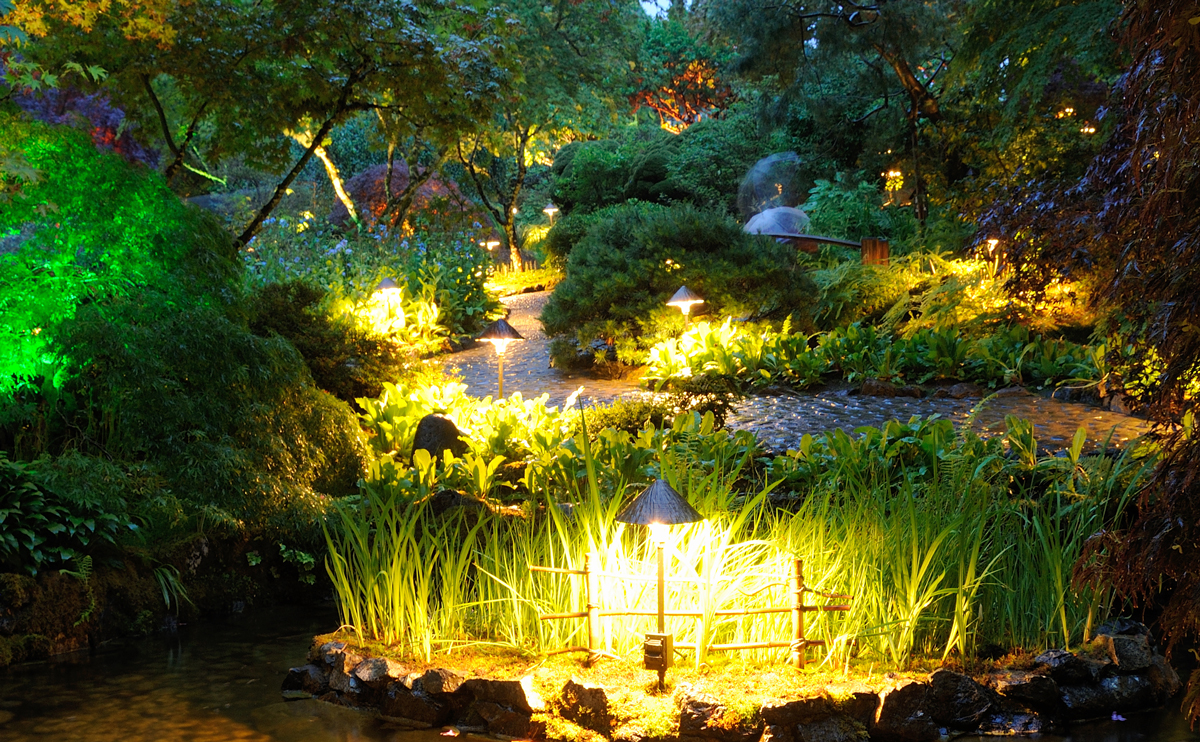5 things to look for when choosing LEDs

Lumens, Watts, Color Rendering Index… With all the new terms on the light bulb boxes, how do I choose the right LED? Hear the five most important things to look for when you shop for LEDs. 1. LUMENS
Lumens measures the light output. The higher the number of lumens, the more light is emitted from the fixture.
 How many lumens do I get from my regular incandescent household bulb?
How many lumens do I get from my regular incandescent household bulb?
A 25W bulb = 250 lumens
A 40W bulb = 450 lumens
A 60W bulb = 800 lumens
A 75W bulb = 1100 lumens
A 100W bulb = 1600 lumens
So, if you are looking to replace a 60W bulb, look for an LED that emits 800 lumens.
A few simple rules-of-thumb for the how many lumens are needed for specific areas:
Recommendations for Indoor lights: Under-cabinet Kitchen Lighting - at least 125 lumens per ft.
Cove Lighting at least 200 lumens per ft.
Spot lights with directional Heads at least 200 lumens per head. Recessed lights (Cans): under 4.5" diameter at least 345 lumens each Over 4.5" diameter at least 575 lumens each
Ceiling-mounted lights with Diffusers
Under 4.5" diameter ≥ 345 lumens. Over 4.5" diameter ≥ 575 lumens
Recommendations for Outdoor lights:
Step lights at least 50 lumens
Path lights at least 100 lumens
Wall-mounted porch lights at least 150 lumens
2. WATT This is one of the measuring units we are the most familiar with, since we have used it all along to choose our light bulbs. Contrary to what most think, it actually doesn’t tell you how bright a light is, just how much energy it uses. When we only had to deal with one type of light bulbs this worked just fine. All incandescent light bulbs performed pretty equally and we therefore had a pretty precise idea of just how many watts were needed for a specific task.
But once more energy saving options entered the market it started to get confusing and now with LEDs that are so incredibly more energy saving it’s finally time to make a change and start using other metrics.
3. EFFICACY
Efficacy is the efficiency of the light bulb. How many lumens do you get per watt? (like miles per gallon)
If you compare LEDs with ordinary incandescent household bulbs or the curlicue compact fluorescent lamps CFLs you’ll see huge differences. The LEDs will all impress with their very low energy use.
I wouldn’t spend too much time comparing efficacy between different LED lamps when I go buy one. There is a reason for that. They are all really effective at saving energy. Some of the LEDs that are superb at reproducing color actually use a bit more energy than the LEDs that produce a poorer light quality. We are talking very small differences in energy use, so it is a toss-up: how important is good color rendering in the spot this light is being used? – Is it a pantry light or is it a spotlight for a piece of light?
4. COLOR RENDERING INDEX (CRI)
Measures color accuracy. Color rendition is the effect of the lamp’s light spectrum on the color appearance of objects.
OK.over 80
Very Good - 90
Best Possible - 100 (no LEDs are available with a perfect score of 100, but they are getting pretty close)
5. CORRELATED COLOR TEMPERATURE (CCT)
Measures the color of the light. It is measured in degrees of Kelvin (K). The incandescent household bulb has a warm color temperature close to 2700K. When it is dimmed, it even gets to a romantic glow of 2400K. “Warm” colors in the range below 3000K create a more cozy, intimate feel.
“Cool” colors have higher Kelvin temperatures (3500+) These color temperatures are considered more energizing and provide a whiter light.
Outdoor landscape lighting benefits from cooler color temperatures, since green plants take on a yellow hue under warmer color temperatures







